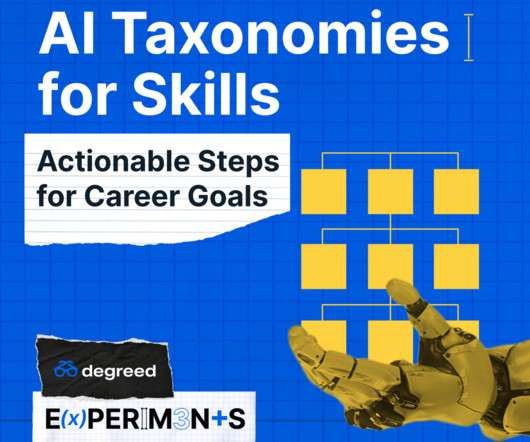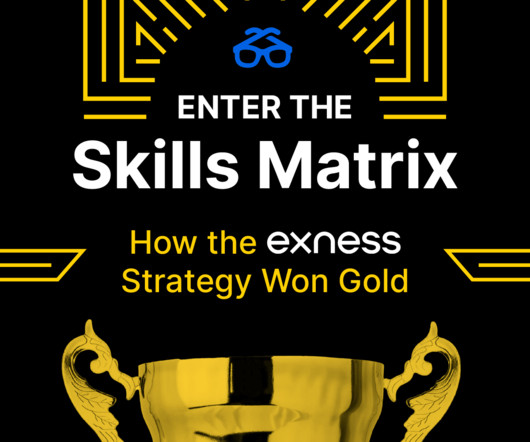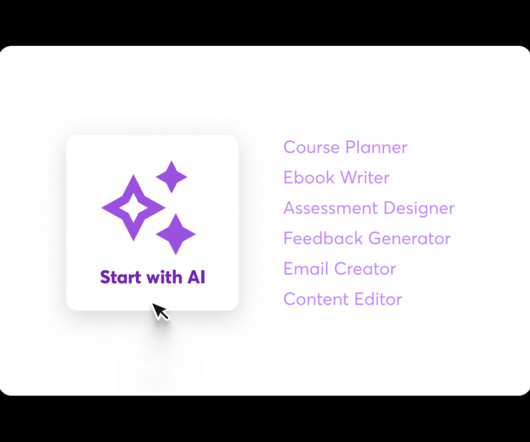AI Taxonomies for Skills: Actionable Steps for Career Goals
Degreed
MAY 7, 2024
Then it was skill taxonomies. Why do organizations need taxonomies? Taxonomies create a shared understanding of what’s important. Companies use taxonomies to organize resources (discovery), connect people to opportunities (matching), and align activity to insights (reporting). Taxonomies can help.
















































Let's personalize your content